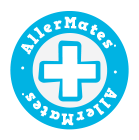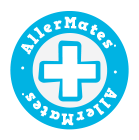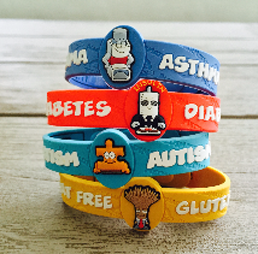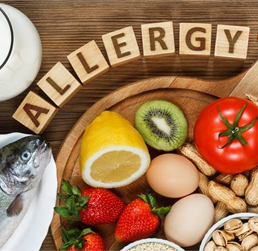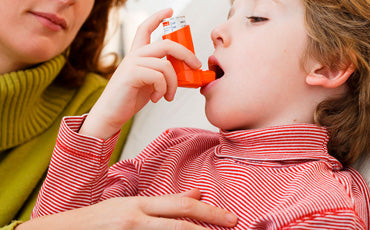
What it means to go gluten free
Your child has just been diagnosed with celiac disease, or your doctor has recommended removing grains to determine once and for all if they’re at the root of your kid’s upset stomach. It’s time to go gluten free – a term most people didn’t know existed until just three years ago!
Have you ever stopped to think about what exactly gluten free means, or have you simply relied on the front of food packages to tell you so? If the latter, it’s time you learned a little bit about it to help truly protect your child, because it’s probably not as clear cut as you imagine it to be.
Here are the three categories gluten-free foods fall in:
- Foods that use non-gluten ingredients as substitutes. If you’ve walked through the gluten-free foods section of the grocery store, you’ve seen the gluten-free pizzas and frozen waffles that fall into this category. These products use corn, potatoes and rice as their basis, versus the whole wheat or enriched wheat flour you’re used to eating.
- Foods that use gluten-free grains. Gluten-free grains! How can that be?! It’s true. The gluten protein can be removed from your wheat, barley and rye grains, and if a product uses these gluten-free grains, though not currently widespread in the U.S., you’ll notice the term “wheat starch” in its ingredients. The trick, however, to being considered gluten-free, per the FDA, is to ensure the amount of gluten falls below 20 parts per million (0.002%), a threshold that appears to be safe for many people living with these ailments.
- Foods that are naturally gluten free. Fruits, veggies, nuts, rice and more… These are foods that likely won’t have the gluten-free label, but ones you can always feel good about for your gluten-intolerant kids.
Now that you understand just what “gluten free” means, realize that foods substituted with other non-gluten ingredients (#1 above) will often taste quite different than what your kids are used to. To help ease the transition, start your child on a diet of naturally gluten-free foods, like those mentioned in #3. After their taste buds have adjusted, introduce your gluten-free pizzas and frozen waffles if you want, and they’ll likely seem like a treat.
The good news is that there are plenty of foods that are organically safe to eat, supplying your family with countless options for meals. The better news is that manufacturers are coming out with alternatives every day. So hang in there, and know that in sticking to this new diet, your child will likely feel better soon.

